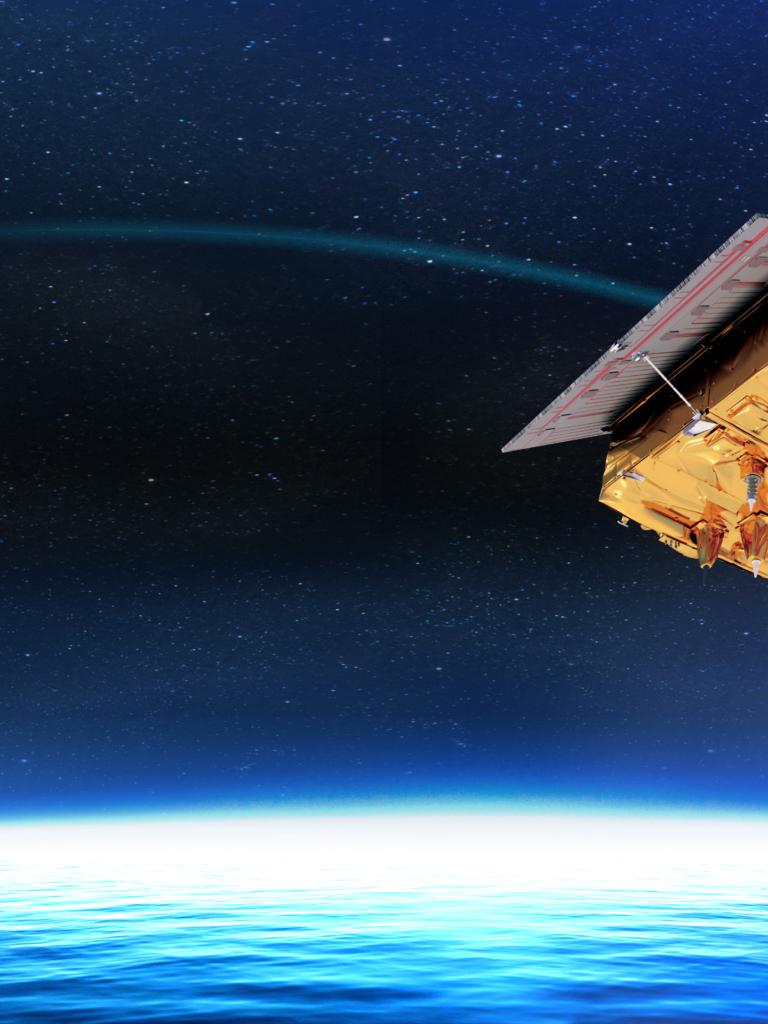
Call For Media: Last glimpse of the Sentinel-6 satellite


The Copernicus Sentinel-6 satellite, which will measure sea-level rise and ice thickness, will be available for a last visit in the cleanroom before it is further tested and prepared for launch in late 2020 from the Vandenberg Air Force Base, California.
05 November 2024
04 November 2019
Media representatives are invited to join us at the IAGB space test centre in Ottobrunn, near Munich, Germany, on 15 November at 09:00 CET.
The partners of the Copernicus Sentinel-6 project – ESA, the European Commission, Eumetsat, NASA, NOAA, Airbus and CNES – would be delighted to see you and discuss first-hand details regarding the mission. An interesting programme has been put together specifically for the day, and experts from the team will be available for detailed questions and interviews.

Copernicus is headed by the European Commission (EC) in partnership with ESA. The EC, acting on behalf of the European Union, is responsible for the overall initiative, setting requirements and managing services. Eumetsat will operate the satellite and generate and deliver the products. NASA and NOAA are contributing the microwave radiometer, the Laser retroreflector and the GNSS-RO receiver. Airbus has the industry lead on the project, with IABG responsible for the testing of the satellite.
Looking at Sea Level Rise
Between 1993 and 2018, the global sea level rose 3.2 mm every year on average. This rate has been accelerating over the last few years and is only expected to grow further.
To be able to keep a closer eye on sea level, permanent observations are needed over the world’s oceans. Because of the vast size of the oceans which cover 70% of Earth, this can only be achieved by using satellites from space.
For this purpose, Copernicus Sentinel-6 carries a radar altimeter as its main sensor. The instrument is best suited to observe sea levels and the thickness of ice in the polar regions. Additionally, the satellite carries several instruments for navigation, as well as to observe water vapour.
Sentinel-6 will map up to 95% of Earth’s oceans every 10 days.
Global sea-level measurements have so far been supplied by a fleet of satellites, which include the French–US Topex-Poseidon and Jason missions, previous ESA missions such as the ERS satellites, Envisat and CryoSat, as well as the Copernicus Sentinel-3 satellite.
Media registration
Please register by 13 November at @email including the information from the accreditation form (below). A valid ID card or passport is mandatory to enter the event. To enter the cleanroom, wearing of long trousers and sturdy shoes are compulsory. The event will take place at IABG, Einsteinstrasse 20, D-85521 Ottobrunn, Germany.
Photographs will be taken during this event. Please let us know if you do not want to be photographed.
Accreditation Form
| First Name: | |
| Surname: | |
| Nationality: | |
| Passport No: | |
| Issued by: | |
| Valid Until: | |
| Media: | |
| Address: | |
| Tel: | |
| Email: |
Further information
More information about Copernicus Sentinel-6 and sea-level rise:
Sentinel-6: Monitoring the global ocean
Attachments
Event programme - Download PDF
* In January 2020, the Sentinel-6/Jason-CS A satellite was renamed the Sentinel-6 “Michael Freilich” in honour of the former Director of NASA’s Earth Science Division.